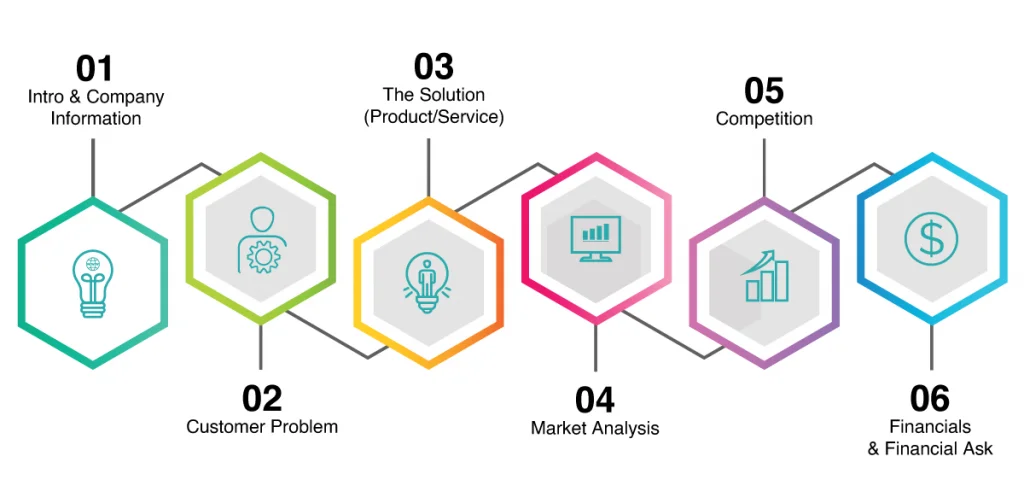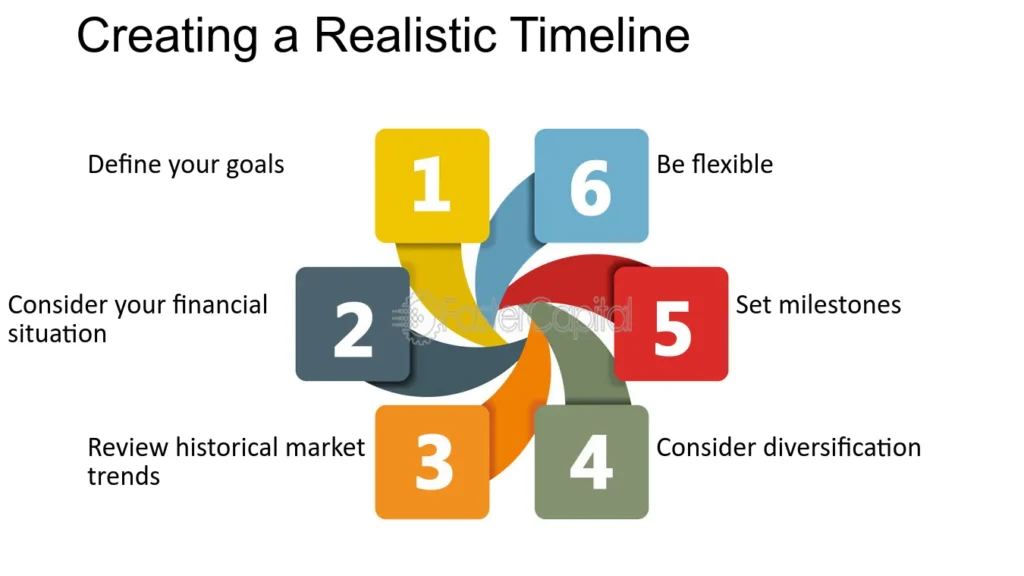- April 29, 2025
- wallahleads@gmail.com
- 0
A business proposal isn’t just a document—it’s your opportunity to make a strong impression and close a deal. Whether you’re offering a service or a product, your proposal must show that you understand the client’s needs and that your solution is the perfect fit.
In this blog, we’ll break down how to write a business proposal step by step, from the title page to the call-to-action. Whether you’re new to proposal writing or looking to refine your approach, this guide will help you create clear, professional, and persuasive proposals.
What Is a Business Proposal?

A business proposal is a formal document you send to a potential client that outlines how your services or products will solve a specific problem they have. It goes beyond a simple estimate or quotation—it’s a personalized offer that shows you’ve done your research and have a plan in place to help their business succeed.
There are two types of proposals:
Solicited Proposals – Sent in response to a request.
Unsolicited Proposals – Sent without a request, often as a way to open a conversation.
Regardless of the type, a well-written proposal builds trust, shows professionalism, and increases your chances of winning the client.
Step-by-Step Guide to Writing a Winning Business Proposal
1. Start with a Clean and Professional Title Page

Your title page sets the tone for the entire proposal. It should be simple, organized, and include key details:
Your company name
The client’s name
The date
A title like “Business Proposal for [Client Name]”
Example:
Business Proposal for ABC Enterprises
Prepared by: Leadswallah
Date: April 2025
2. Write a Strong Executive Summary

This is a brief overview of what your proposal includes and why it matters to the client. Think of it like a movie trailer—short, engaging, and convincing.
Focus on the client’s goals and how your solution helps achieve them. Keep it clear and client-focused.
Example:
“At Leadswallah, we understand that ABC Enterprises is looking to improve their online visibility and drive more conversions. Our custom digital marketing strategies are designed to meet those needs, with a proven track record of increasing client ROI.”
3. Define the Client’s Problem Clearly

Show that you understand their challenges. Be specific about the issues they are facing and explain the consequences of not solving them.
Example:
“Currently, your website receives traffic but struggles to convert visitors into leads. This is likely due to an outdated design and lack of SEO optimization. These challenges are costing potential customers and revenue.”
4. Offer a Tailored Solution

Once the problem is clear, present your solution. Be specific about how your product or service addresses the issue. This part should feel customized—not a generic description of your offerings.
Example:
“We propose a complete website redesign with optimized user experience, mobile responsiveness, and SEO best practices. Alongside, we’ll run targeted ad campaigns to bring in quality traffic and improve lead conversion.”
5. Highlight Your Expertise and Experience

Why should the client choose you? Share relevant experience, previous results, or client testimonials. This builds credibility and shows that you’re qualified.
Example:
“With over 50 successful digital campaigns completed, Leadswallah has helped brands across industries increase visibility and leads. Our strategies are built on data and driven by results.”
6. Break Down the Pricing Clearly

Clients appreciate transparency. Share detailed pricing or packages, and explain what’s included. You can offer basic and premium options if needed.
Example:
Standard Package: ₹35,000/month – Includes SEO, social media management, and monthly reporting.
Premium Package: ₹50,000/month – Includes everything in Standard plus Google Ads management, content marketing, and weekly analytics.
7. Include a Realistic Timeline

Show how long each phase will take. This helps manage expectations and shows that you’re organized and capable.
Example Timeline:
Week 1: Strategy planning and onboarding
Week 2-3: Website changes and campaign setup
Week 4 onwards: Campaign execution and tracking
8. End with a Strong Call-to-Action

Always guide the client on what to do next. Don’t leave the decision hanging.
Example CTA:
“Let’s schedule a quick 15-minute call to go over your goals and finalize the plan. We’re excited to help you grow your business!”
Final Thoughts
A well-written business proposal can make the difference between winning and losing a client. Focus on the client’s needs, present a clear solution, and build trust with professional formatting and tone. Use this step-by-step approach every time, and you’ll start closing more deals with confidence.
At Leadswallah, we help businesses not only market themselves—but also master the art of communication, conversion, and client retention. Need help writing your first winning proposal? Let’s connect!

